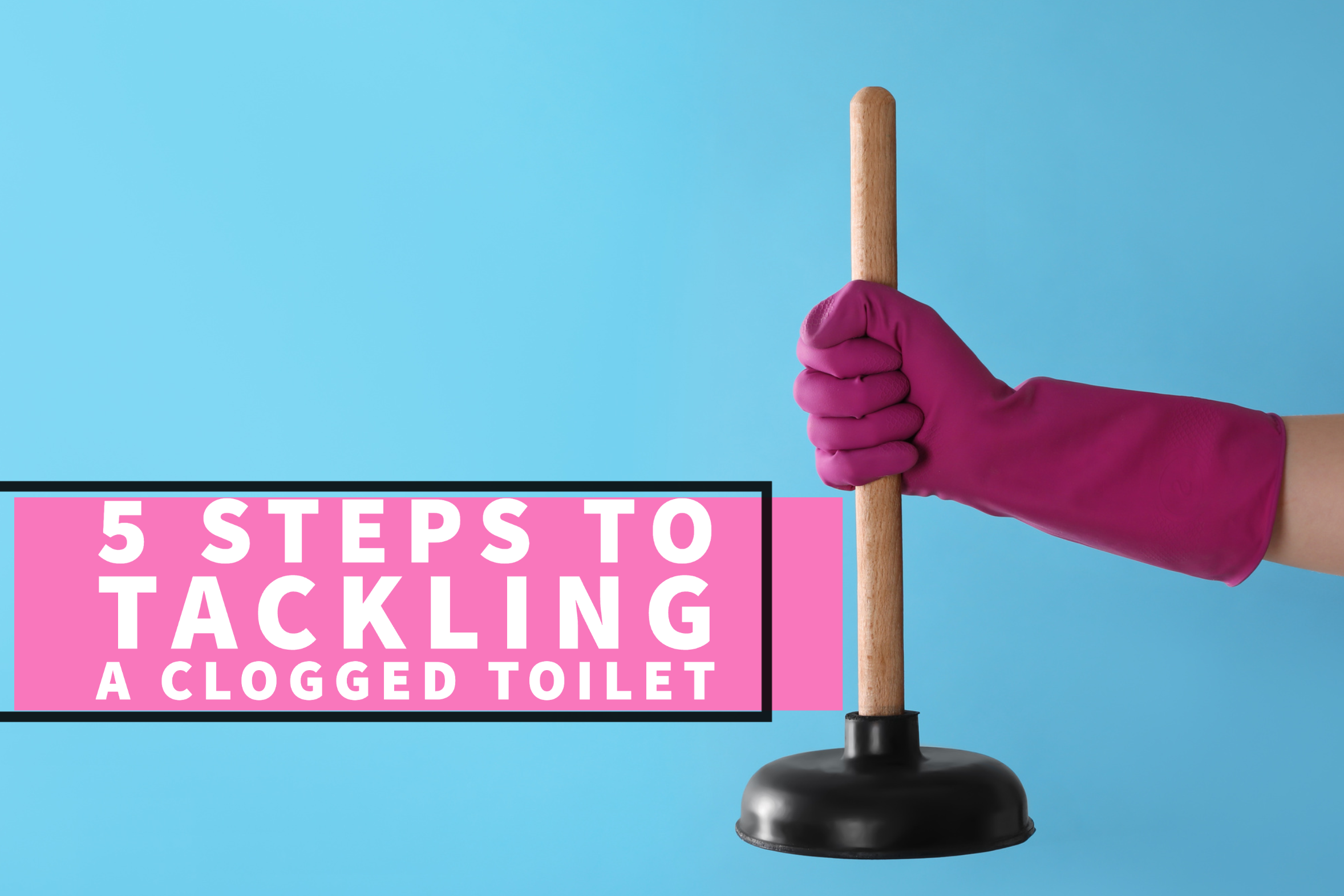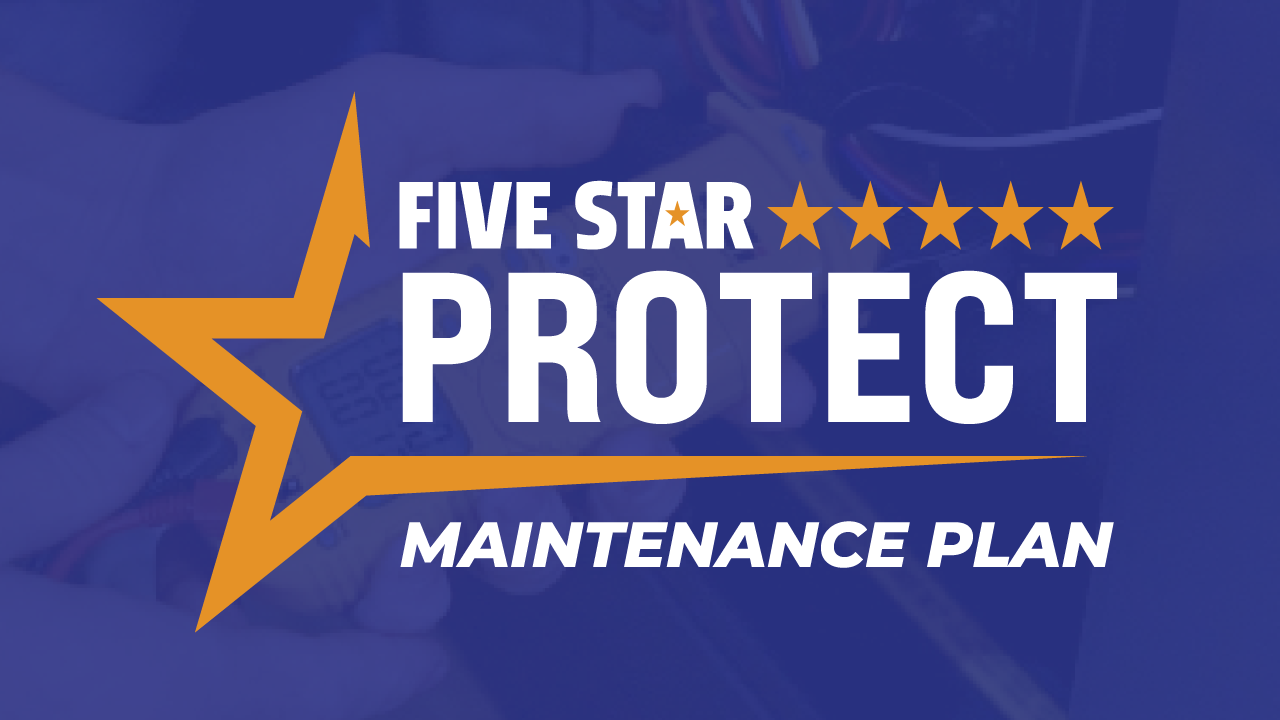Most of us have been in a situation where we have flushed the toilet, only to be dismayed after realizing the toilet won’t drain, with the water level rising scaringly close to the brink of the bowl. So, what should we do in these types of situations? The fact of the matter is, in the chaos of the moment, there’s not much you can do. Unfortunately, you cannot really stop the toilet water from overflowing onto your bathroom floor. So, should you find yourself in this seemingly despairing scenario in the future, follow these tips and tricks from your Pickerington Plumbing & Drain family, as we are here to assist you through the process.
Step #1: The Toilet’s Water Valve:
Although you cannot stop the water from overflowing onto the bathroom floor, you can, in fact, stop the water at its source so it doesn’t continue to overflow. You can do this by shutting off the toilet water valve that should be located on the back of your toilet. If you are not familiar with what this valve looks like, look for the football-shaped knob and turn it clockwise. Just be sure to avoid flushing the toilet as it may cause further mess due to the existing clog.
Step #2: Flapper in the Tank:
As an extra means of ensuring that water is not running into the toilet, open the tank in the back of the toilet after turning off the water supply. Then look for a rubber circle placed over the tank drain. This rubber piece stops water from entering the toilet unless the metal lever or chain that it is attached to is pulled. You can gently press down on this rubber flapper just to make sure the water is sealed off.
Step #3: The Float Cup (or Float Ball):
Next, you need to find the float cup (or float ball) inside the toilet tank. Its purpose is to control the water level in the tank. As another way of stopping the tank from filling with water, you want to secure the float to prevent it from moving.
Step #4: The Excess Water:
Congratulations on stopping the flow of water! Now it’s time to move on to the clean-up phase. To prevent any further overflow after cleanup, you will need to remove the excess water from the toilet bowl first. But if there is waste or debris in the water, these need to be removed. Scan the floor for any waste that may need to be picked up as well. Remember, safety and hygiene should be your top priorities. So, it’s recommended that you wear gloves if possible. Proceed by picking up solids and waste and carefully placing them in a garbage bag. Remember to take out the trash as soon as possible. Once any waste or debris is removed from the vicinity, carefully scoop the extra water out of the toilet bowl and drain it into either the bathtub or sink.
Now, let’s talk about the floors. Water damage is a real thing, so you want to get this taken care of as soon as possible. A useful tip is to utilize a wet vacuum (if you have one) for cleaning up the excess water. For hard flooring, you can use rags, old towels, or a mop to clean up the spill. However, if the water has spilled onto carpeted areas, you should lay flat towels on top of the wet carpet and place a heavy object on top to let it absorb the excess water. Just be sure to give it ample time to soak fully into the towels. After that, make sure to disinfect the carpeted area and solid flooring as necessary. Lastly, make sure to also disinfect all affected areas in the bathroom too. (I.e., the baseboards, cabinets and sink base, toilet base, bathtub, and trashcan.)
Step #5: The Clog:
Most of the heavy work is done, but we still need to fix the clog in the toilet! Use a plunger and put it over the drain, ensuring it is fully immersed in the water. Then use the plunging motion repeatedly until the clog is free. If, at this point, the toilet does not drain, this may indicate a bigger problem, and you should call a professional. However, if your toilet is once again clog-free, go ahead and readjust everything back into its original place, including turning the water valve back on. Voila! You did it!
If you’re in need of top-notch plumbing services, feel free to call Pickerington Plumbing & Drain today at (614) 350-1955 or schedule an appointment online now by clicking here!





